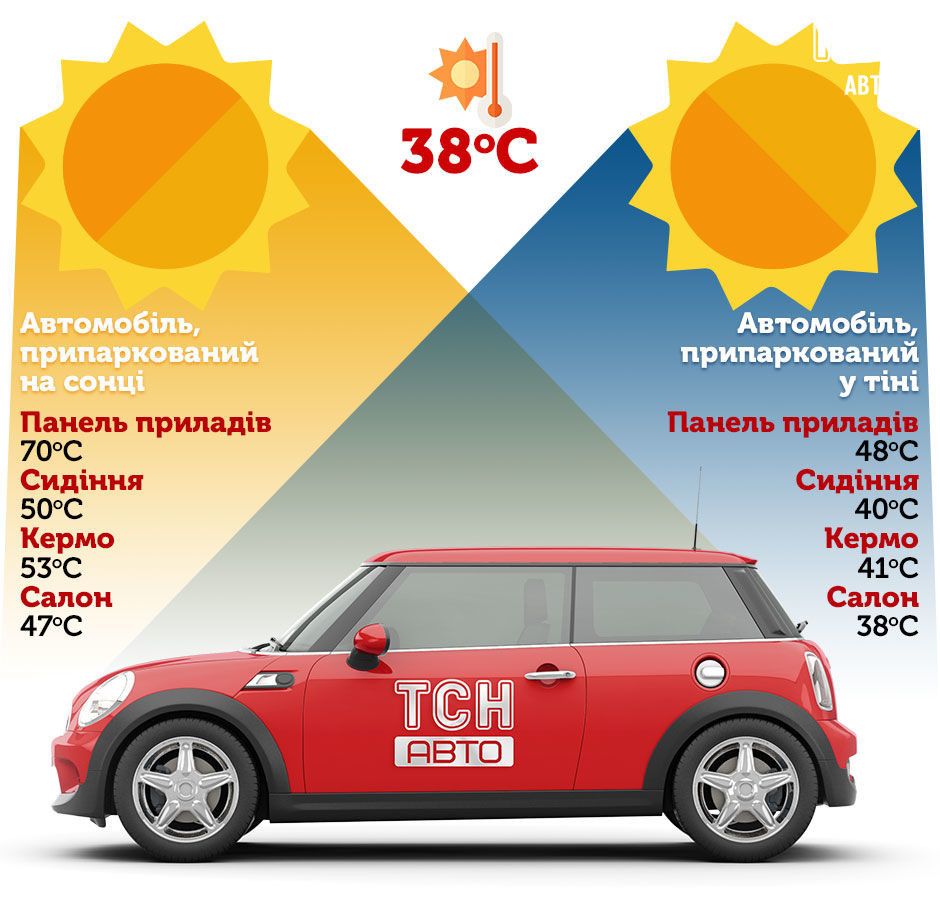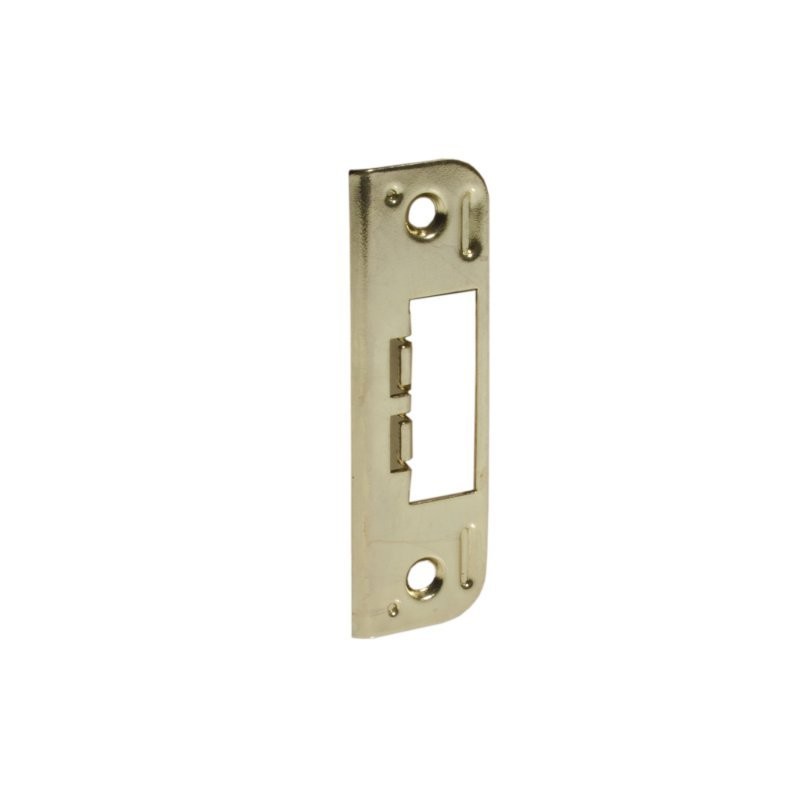
Rules of the road for Utah drivers
Content
How familiar are you with the rules of the road in Utah? If you haven't brushed up on the rules of the road here yet and are planning to tour the Great Salt Lake and other great places in Utah, you should read this guide to Utah driving rules.
General Safety Rules in Utah
In Utah motorcyclists persons aged 17 and under must wear a helmet when riding. To legally ride a motorcycle on public roads in Utah, you must have a Utah motorcycle license (Class M). Motorcyclists can obtain this by taking a written test and passing a skills test. They can also obtain a study permit valid for six months before being approved.
The driver and all passengers of any personal vehicle in Utah must wear safety belt. Passengers in vehicles aged 19 and over may be held administratively liable for not wearing a seat belt.
Babies must be strapped into a rear-facing child seat while children under the age of eight must ride in a forward-facing approved child seat. The driver is responsible for protecting children under the age of 16 and must use an appropriate child restraint system.
When approaching school buses in front or behind, watch out for yellow or red flashing lights. Yellow lights tell you to slow down so you can prepare to stop before flashing red lights. If the light is flashing red, drivers may not overtake the bus in either direction unless they are facing the opposite direction and are driving on a multi-lane and/or divided highway.
Ambulances with sirens and lights on will always have the right of way. Do not enter an intersection when you see or hear an ambulance approaching, and pull over when you see them behind you.
Drivers must always yield pedestrians at pedestrian crossings, at unregulated intersections and before entering roundabouts. When turning at a traffic intersection, be aware that pedestrians may be crossing your vehicle.
When you see yellow flashing traffic lights, slow down and drive carefully, making sure the intersection is clear before proceeding. If the flashing lights are red, treat them the same as you would a stop sign.
Failed traffic lights should be considered as four-way stops. Give way to those who arrived first and the driver on your right.
Important Safe Driving Laws in Utah
Walkthrough a slow vehicle on the left in Utah is safe if there is a dotted line. Do not pass when there is a solid line or a "No Zone" sign. Drive only when you can see the road ahead of you and are sure it is safe.
You can do right turn on red after coming to a complete stop and check if it is safe to continue the turn.
reversals Prohibited on curves when visibility is less than 500 feet, on railroad tracks and railroad crossings, on freeways, and where there are signs specifically prohibiting U-turns.
When you reach four way stop, bring the vehicle to a complete stop. Yield to all vehicles that have reached the intersection before you, and if you are arriving at the same time as other vehicles, yield to vehicles on your right.
Driving in bike lanes prohibited, but you may cross them to turn, enter or leave a private driveway or lane, or when you need to cross a lane to get to a curbside parking space. In all these situations, always give way to cyclists in the lane.
Intersection blocking is illegal in all states. Never enter an intersection or start a turn unless you have enough room to drive through and out of the intersection.
Linear measurement signals Advise on where to stop at the motorway exit during busy hours. These signals allow one vehicle to enter and merge with traffic on the freeway.
HOV lanes (high capacity vehicles) in Utah are reserved for cars with two or more passengers, motorcycles, buses, and vehicles with clean fuel license plates.
Registration, accidents and drunk driving laws for Utah drivers
All Utah-registered vehicles must have valid, unexpired front and rear wheels. number plates.
If you participate in accident, do your best to get your vehicle out of traffic, exchange information with the other driver(s), and call the police to file a report. If someone is injured, help him in any reasonable way and wait for the ambulance to arrive.
In Utah drunk driving (DUI) defined as having a blood alcohol content (BAC) of 0.08 or higher for private drivers and 0.04 or higher for commercial drivers. Obtaining a DUI in Utah may result in license suspension or revocation and other penalties.
As in other states, if you are a commercial driver, radar detectors prohibited for your use. However, they can be used for private passenger vehicles.
Following these traffic rules will ensure that you drive legally in California. If you need more information, see the Utah Driver's Handbook.

